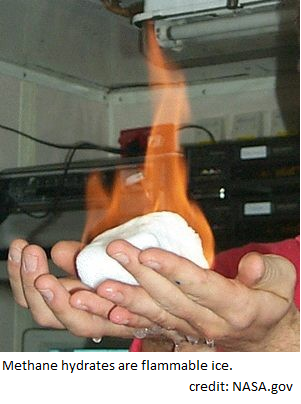A Conservative Case for Carbon Capture
There is potential for a new energy revolution that can follow on the success of shale gas. Carbon dioxide based enhanced oil recovery (CO2-EOR) offers the opportunity to produce billions of barrels of oil domestically while simultaneously eliminating gigatons of carbon dioxide emissions. The debate over climate change has brought the issue of excessive CO2…
Continue reading →

